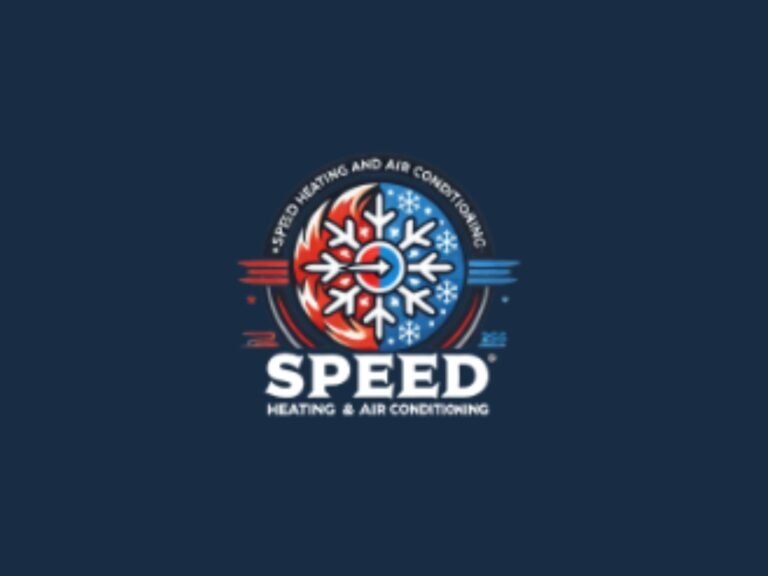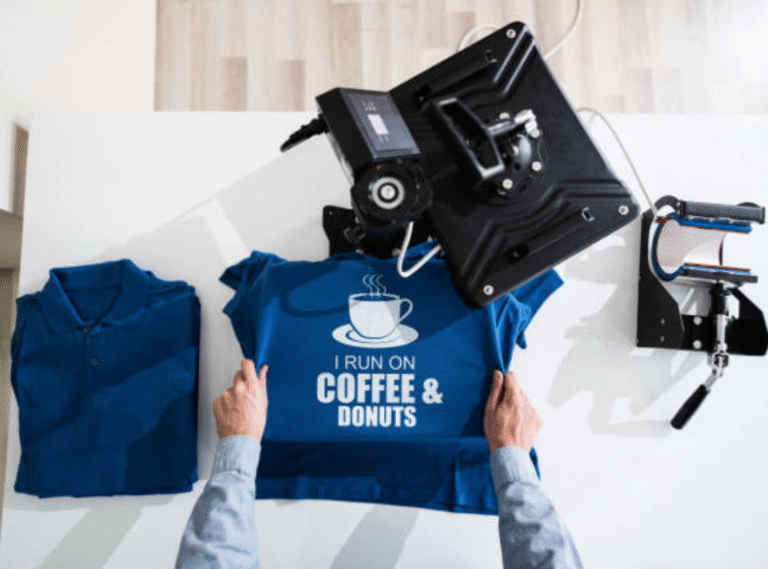When it comes to apparel decoration, two printing methods dominate the conversation: Direct-to-Film (DTF) and traditional screen printing. For entrepreneurs, small clothing brands, and print shops, choosing the right method is more than just a production decision—it directly affects quality, scalability, and profitability. Understanding the pros and cons of DTF vs. screen printing helps business owners align their production methods with their goals. Whether you prioritize cost efficiency, vibrant colors, or the ability to handle small runs, both printing options have unique advantages that cater to different needs.
Understanding DTF Printing
Direct-to-Film printing is a relatively new technology, yet it has rapidly gained popularity in the custom apparel industry. The process involves printing a design onto a special film, applying adhesive powder, and then heat pressing the design onto fabric. One of the biggest advantages of DTF printing is its flexibility. Unlike screen printing, which requires extensive setup for each design, DTF allows you to print intricate artwork without costly screens. This makes it especially appealing for businesses that handle multiple custom orders or smaller batches. As a result, many modern apparel brands find themselves weighing DTF vs Screen Printing more seriously than ever.
Basics of Screen Printing
Screen printing, on the other hand, has a long history and remains one of the most respected techniques in the garment industry. It uses stencils and mesh screens to apply layers of ink directly onto fabric. Known for its durability and vibrant finish, screen printing is ideal for bulk orders with simple designs or limited color palettes. However, the method requires time-consuming setup, meaning small or custom runs can quickly become expensive. This is a critical factor when comparing DTF vs Screen Printing, as the economics of production often influence a brand’s final decision.
Cost Comparison Between DTF and Screen Printing
When analyzing costs, it’s important to consider both setup and production expenses. Screen printing becomes cost-effective for large batches because the setup cost spreads over hundreds of garments. However, the initial expense of creating screens for each color can be high, making it less practical for smaller orders. DTF printing, on the other hand, has minimal setup, enabling brands to profitably handle even one-off designs. For small clothing startups or businesses that thrive on customization, the affordability of DTF shifts the balance in the DTF vs Screen Printing debate.
Design Flexibility and Color Vibrancy
One of the standout features of DTF is its ability to reproduce detailed, full-color designs without restrictions. Gradients, photographs, and complex illustrations are possible without extra cost. Screen printing, while excellent for bold and solid colors, struggles with intricate details or designs requiring multiple shades. For brands targeting artistic or fashion-forward audiences, the ability to deliver rich, detailed designs is critical. This design freedom is often cited as one of the strongest arguments in favor of DTF when considering DTF vs Screen Printing for brand development.
Durability and Wash Performance
Both printing methods provide good durability, but there are differences worth noting. Screen printing has a long-standing reputation for producing prints that withstand repeated washing. DTF technology has advanced significantly, offering excellent wash resistance and flexibility that prevents cracking or peeling. Many users report that garments with Custom DTF Transfers Ready To Press not only look vibrant but also retain their quality over time. This makes DTF a practical solution for fashion brands and small businesses that want both visual appeal and long-lasting quality.
Production Speed and Scalability
Time efficiency is a key factor in the apparel industry. Screen printing requires more preparation and is best suited for large runs where uniformity is critical. DTF printing eliminates much of this prep work, allowing businesses to move from design to finished product much faster. This flexibility is particularly valuable for on-demand printing models, limited-edition drops, or seasonal collections. When comparing DTF vs Screen Printing, the ability to quickly adapt to customer trends and produce small quantities is where DTF technology truly shines.
Environmental Considerations
Sustainability is increasingly important to modern consumers, and printing methods are under scrutiny for their environmental impact. Screen printing often involves excess ink, cleaning chemicals, and water usage. DTF, while not perfect, typically reduces waste since designs are transferred directly from film to fabric with minimal leftover material. For brands marketing themselves as eco-conscious, understanding the environmental differences in DTF vs Screen Printing can influence not only production decisions but also brand storytelling.
Which Method Suits Different Brand Types?
The decision between DTF and screen printing often comes down to the nature of the brand itself. Streetwear and small independent labels may prefer DTF because of its ability to produce unique, detailed, and limited-edition designs at low cost. Large-scale merchandising operations, especially those focused on bulk production of simple designs, may still favor screen printing for its durability and efficiency in high-volume scenarios. Companies like Mad Monkey Transfers showcase how modern print providers are embracing DTF technology to support a wide range of business models, from startups to established brands.
Final Verdict: DTF vs Screen Printing
Ultimately, the choice between DTF vs Screen Printing depends on your business goals, target audience, and production requirements. If your brand thrives on creativity, flexibility, and small-batch production, DTF printing provides the tools to experiment and deliver high-quality designs quickly. Screen printing, however, continues to dominate in mass production due to its proven durability and cost-effectiveness at scale. By carefully weighing your priorities—whether that’s speed, detail, or long-term resilience—you can select the printing method that best fits your brand identity and growth strategy.



